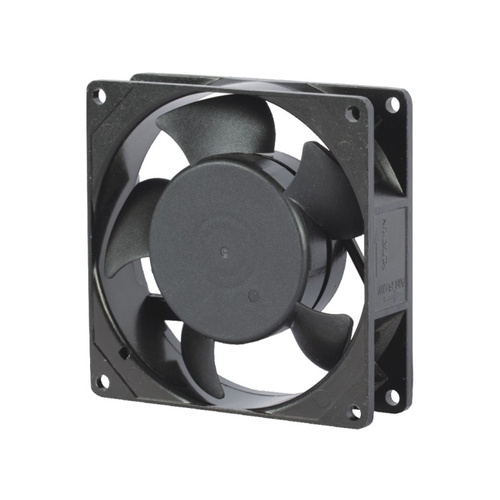Automobile industry
Under the current general trend of "energy saving and emission reduction", the development of electric vehicles is unstoppable, and with its continuous development, the demand for charging piles for electric vehicles is also increasing. The charging speed is a very important indicator of the charging pile, and the charging speed can be faster and faster, which is not only a requirement for batteries and cables, but also a very high requirement for the cooling system of the charging pile.
The function of the charging pile is similar to the fuel dispenser in the gas station. It can be fixed on the ground or wall and installed in public buildings (public buildings, shopping malls, public parking lots, etc.) and residential parking lots or charging stations. Charge various models of electric vehicles. The input end of the charging pile is directly connected to the AC power grid, and the output end is equipped with a charging plug for charging the electric vehicle. Charging piles generally provide two charging methods: conventional charging and fast charging. People can use a specific charging card to swipe the card on the human-computer interaction interface provided by the charging pile to perform operations such as corresponding charging methods, charging time, and cost data printing. The charging pile display can display data such as charging amount, cost, charging time and so on.
The purpose of building charging facilities is to allow vehicles to be charged to replenish more than 50-60% of their electrical energy through charging piles in a relatively short period of time. Among them, DC fast charging can be fully charged in 1-2 hours, and AC slow charging can be fully charged in 6-8 hours. For car owners, of course, the faster the better, but if the charging speed is accelerated, the current and voltage will increase, resulting in rapid and massive heat generation of the charging pile. Because the faster the charging speed, the greater the power of the charging pile inductance module and the greater the charging current, which means the greater the heat generated by the inductance module, power module and other components.
At present, the mainstream module efficiency in the industry is nominally 95%. Taking a 60KW system as an example, the heat dissipation of the module alone reaches 60*0.05*1000=3000W. It can be seen that the charging pile generates a lot of heat during the charging process. If it is not dissipated in time, it will cause great safety accidents.
There are four commonly used cooling modes: natural cooling (mainly relying on heat sinks), forced air cooling, water cooling, and air conditioning. Due to factors such as volume, cost, reliability, etc., most companies currently use forced air cooling. Then, this will inevitably bring interference such as dust, corrosive gas, and moisture. The heat dissipation of the charging pile is divided into two parts: module heat dissipation and the overall heat dissipation of the chassis. Because the charging module is built in, the protective measures are mainly reflected in the design of the chassis. The simplest and most economical design is to make the air inlet and outlet of the box into a louver type, and then add a fan to the air outlet to remove the heat from the module fan.







